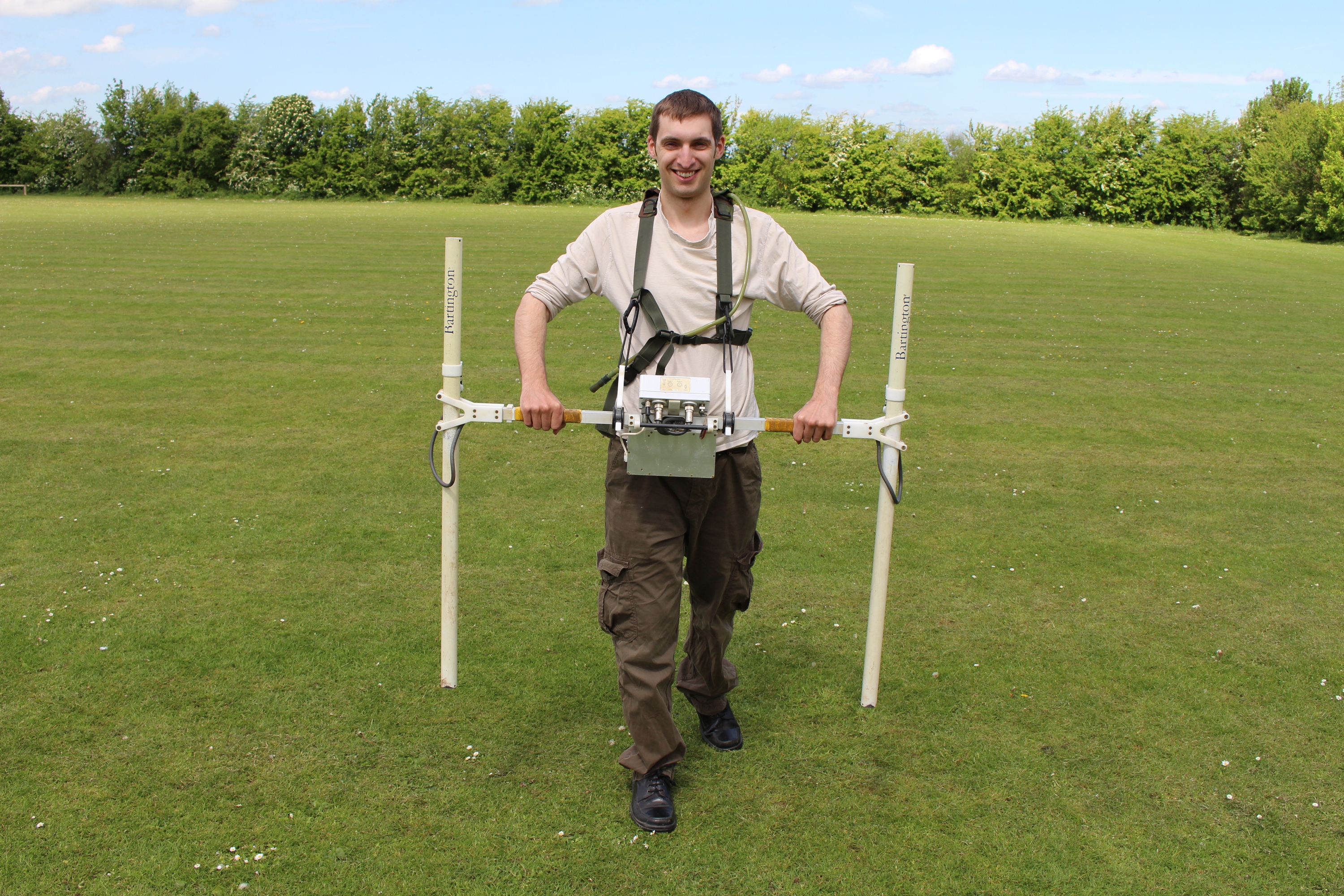All Categories
Featured
Table of Contents
Geophysical Survey in Seville Grove Aus 2020
Much of the image consists of blank areas now with little or no radar action. The "yard" wall is still showing highly, however, and there are continuing suggestions of a tough surface area in the SE corner. Time slice from 23 to 25ns. This last slice is now almost all blank, however a few of the walls are still revealing strongly.
How deep are these pieces? The software I have access to makes approximating the depth a little challenging. If, however, the top three pieces represent the ploughsoil, which is most likely about 30cm think, I would guess that each piece has to do with 10cm and we are only coming down about 80cm in overall.

Luckily for us, the majority of the sites we have an interest in lie simply below the plough zone, so it'll do! How does this compare to the other methods? Comparison of the Earth Resistance data (top left), the magnetometry (bottom left), the 1517ns time piece (top right) and the 1921ns time slice (bottom left).
Geological And Geophysical (G&g) Surveys in Byford Aus 2022
Magnetometry, as discussed above, is a passive method determining local variations in magnetism against a localised absolutely no value. Magnetic susceptibility survey is an active method: it is a measure of how magnetic a sample of sediment might be in the presence of an electromagnetic field. Just how much soil is tested depends on the diameter of the test coil: it can be very small or it can be reasonably large.
The sensor in this case is very little and samples a small sample of soil. The Bartington magnetic susceptibility meter with a large "field coil" in usage at Verulamium throughout the course in 2013. Leading soil will be magnetically improved compared to subsoils just due to natural oxidation and reduction.
By determining magnetic susceptibility at a relatively coarse scale, we can spot locations of human occupation and middens. We do not have access to a reliable mag sus meter, however Jarrod Burks (who assisted teach at the course in 2013) has some outstanding examples. One of which is the Wildcat website in Ohio.
Airborne Geophysical Measurements in Clarkson WA 2020
These towns are typically laid out around a central open location or plaza, such as this reconstructed example at Sunwatch, Dayton, Ohio. Sunwatch Town, Dayton, Ohio (picture: Jarrod Burks). At the Wildcat website, the magnetometer survey had located a range of features and houses. The magnetic vulnerability survey helped, however, define the primary location of profession and midden which surrounded the more open location.
Jarrod Burks' magnetic vulnerability survey arises from the Wildcat site, Ohio. Red is high, blue is low. The method is therefore of great usage in defining locations of general occupation instead of identifying particular features.
Geophysical surveying is an applied branch of geophysics, which uses seismic, gravitational, magnetic, electrical and electromagnetic physical methods at the Earth's surface to measure the physical residential or commercial properties of the subsurface - Geological And Geophysical Surveys in Embleton Western Australia 2021. Geophysical surveying methods generally determine these geophysical homes in addition to abnormalities in order to evaluate numerous subsurface conditions such as the presence of groundwater, bedrock, minerals, oil and gas, geothermal resources, voids and cavities, and much more.
Latest Posts
Geophysical Survey - Salisbury Archaeology in South Guildford Aus 2021
Geophysical Survey in Yangebup Aus 2022
Working As A Geophysicist And Oceanographer In Canada in Singleton Aus 2022